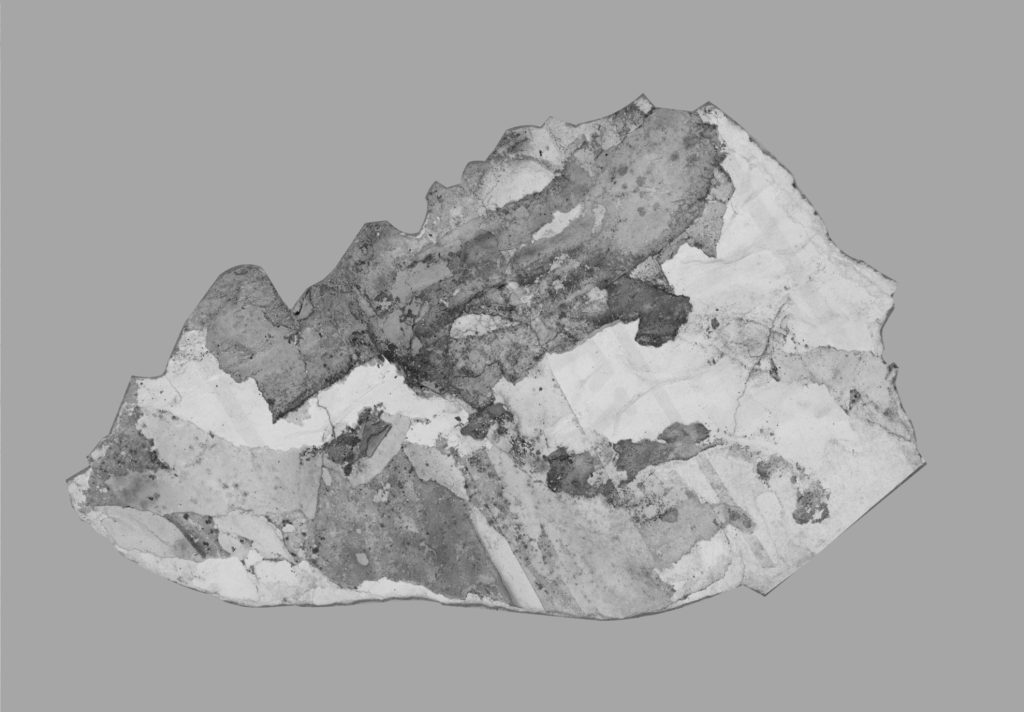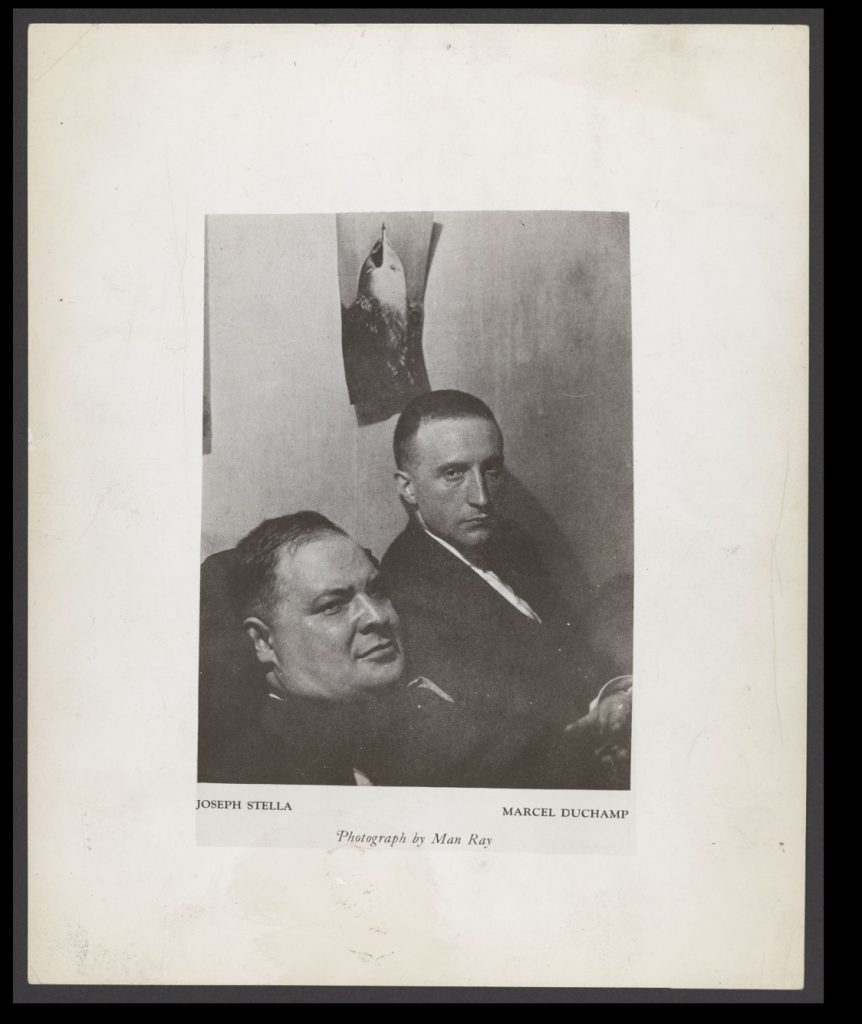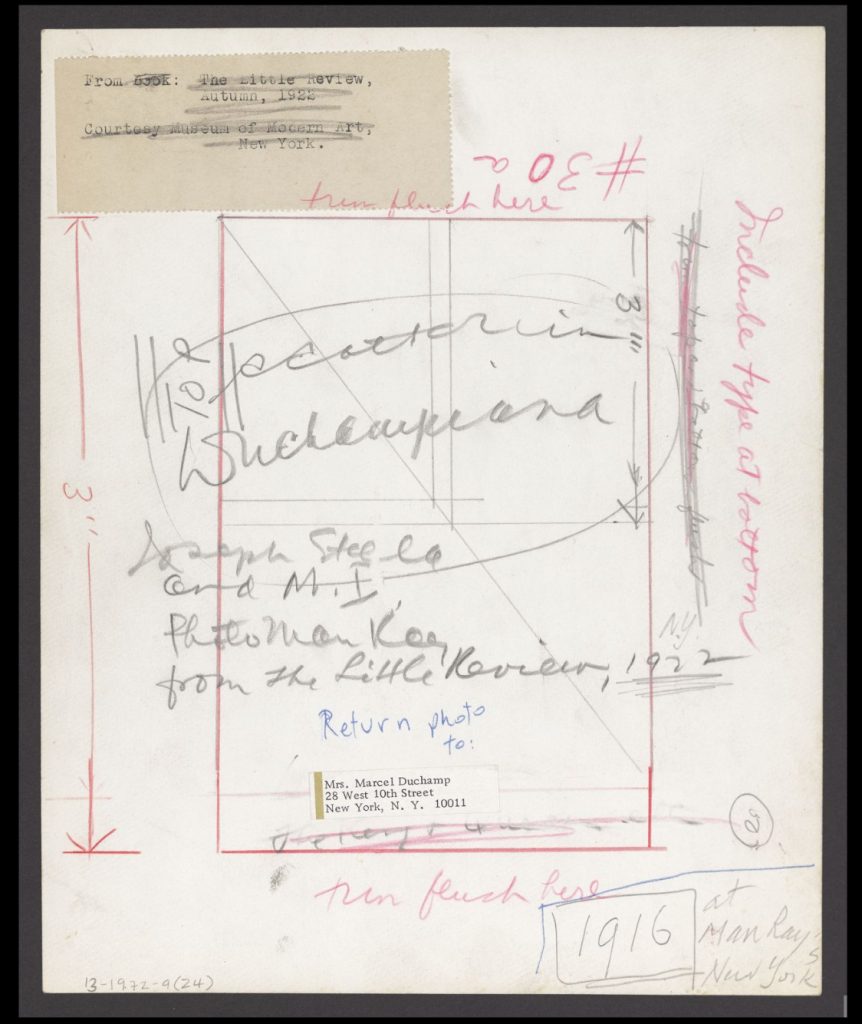A Lost Dada Photomontage
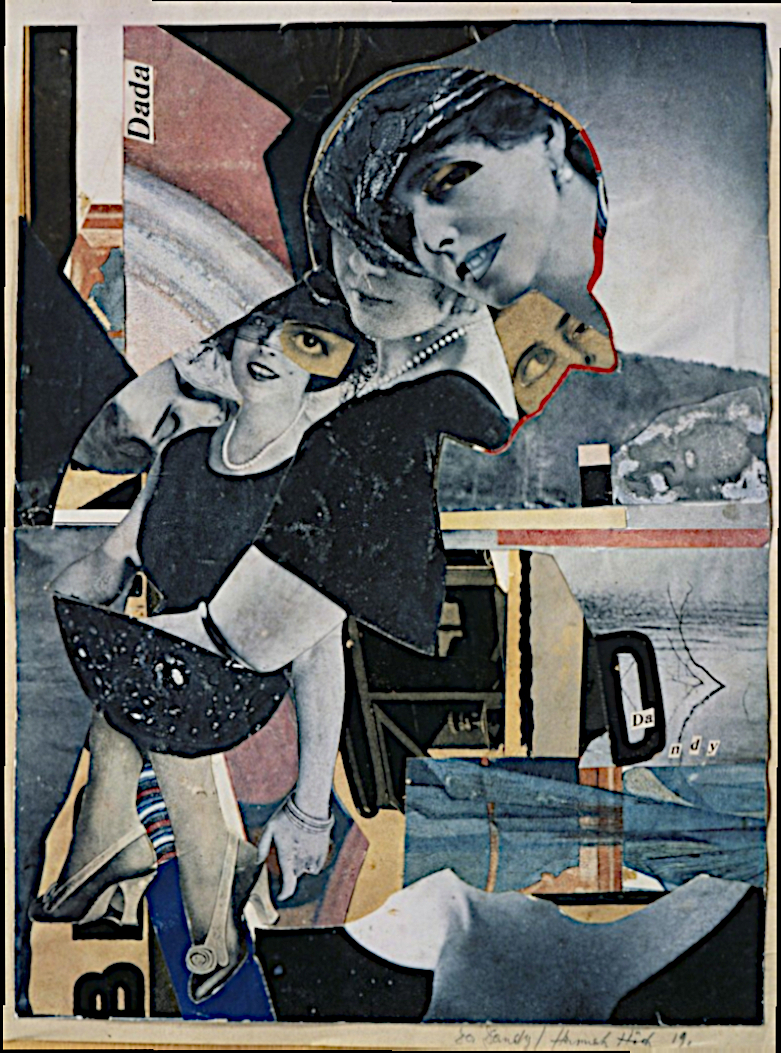
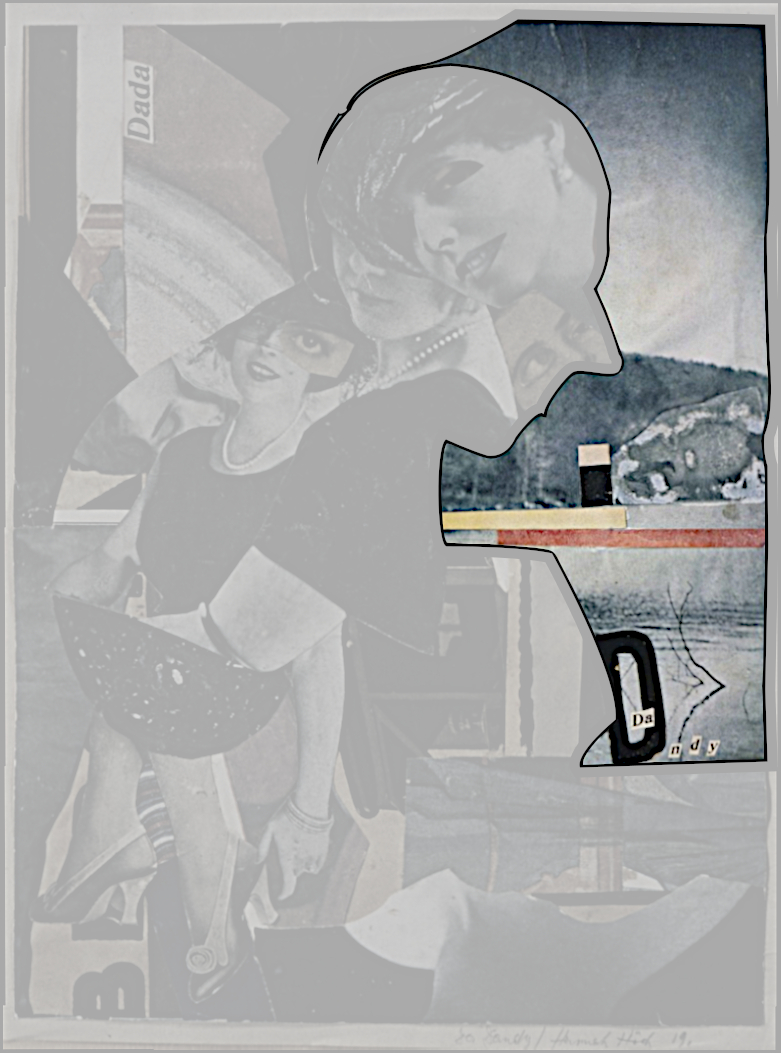
The large halftoned background image in
Da-Dandy isn’t just a scenic photograph—
it’s a photomontage, composed of layered photographic elements including landscape, abstract forms, and importantly a
“Veil Water” fragment.
Photomontage at this time was an almost exclusively Dada technique, pioneered by
artists like Picabia, Man Ray, Hausmann,
Höch, and Heartfield, between 1916 and 1920.
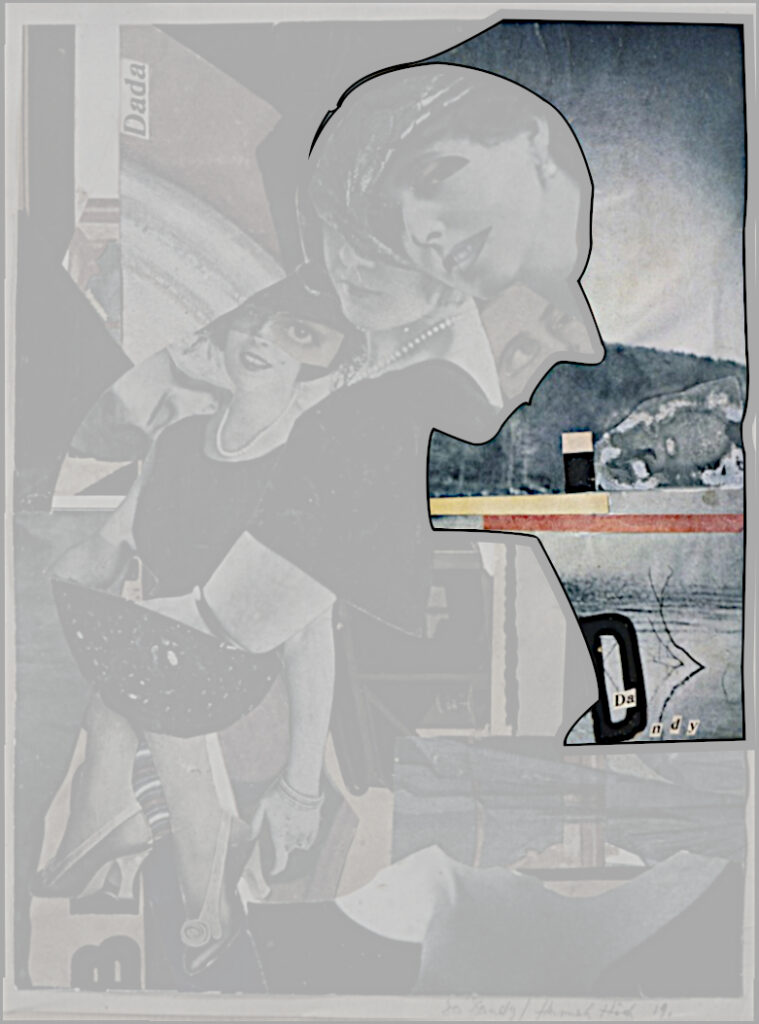
A Collaboration
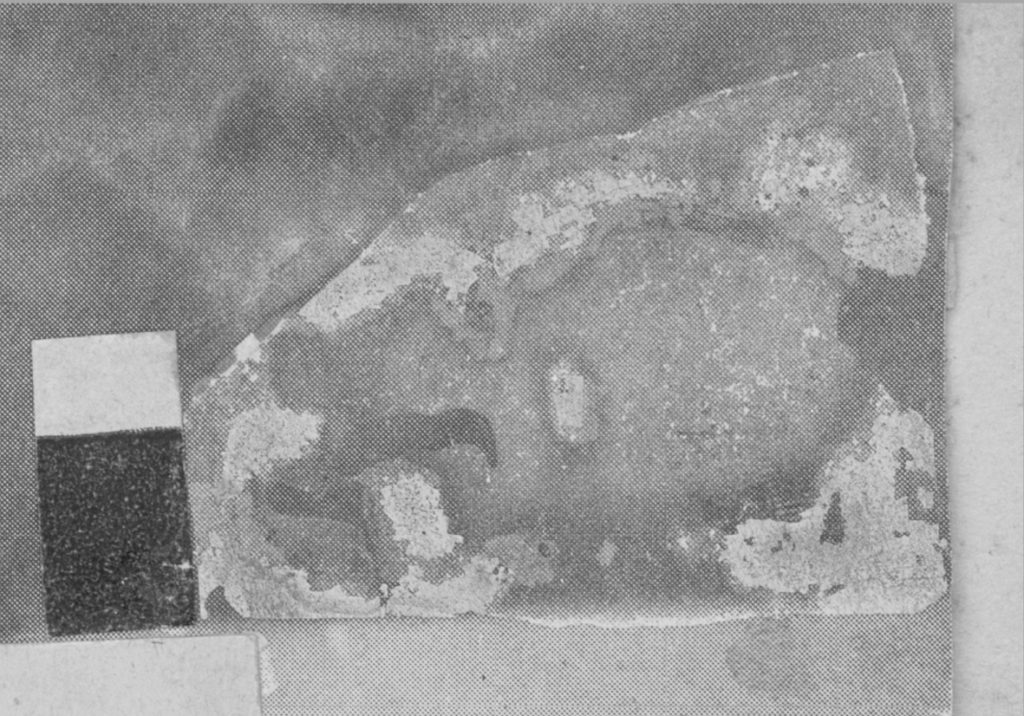
Suspected Stella Collage
from Da-Dandy background
pre-1919
This photomontage as it turns out is another very important clue in our story. The montage is made up of up to 4 elements. Those elements include a water scene with branches emerging from the water, then possibly in the top right, a ghostly image of a woman’s head. Laid over that element is a “Veil Water” fragment, possibly connected to Duchamp, and next to that is what appears to be a Joseph Stella collage.
We are still looking for the publication where Hoch clipped this image from.
